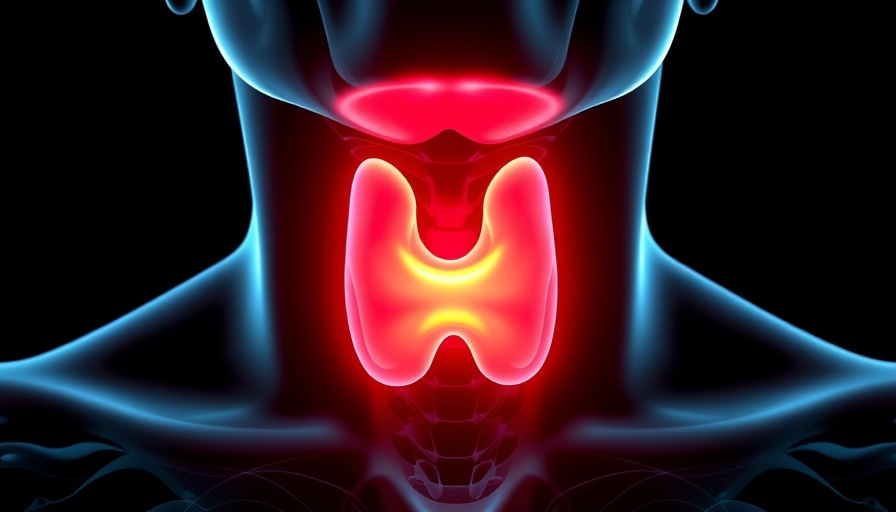
The Hidden Harm of Hollywood's 'Dry Look'
In recent years, Hollywood has taken the concept of the "dry look" to new extremes. This aesthetic, characterized by dryness or a lack of hydration in male leads, not only shapes the image of masculinity but also poses real risks to the mental health of men and boys. While films and media might glorify rugged, chiseled characters, they unknowingly perpetuate an unrealistic standard that many young viewers internalize.
Understanding the Impact
What does the 'dry look' signify? It often symbolizes toughness and control, traits society frequently associates with masculinity. But as we glorify these ideals, we must ask ourselves: at what cost? Studies suggest that these standards can lead to body image issues and a higher prevalence of anxiety and depression among young males. Boys might feel pressured to conform to this dry appearance, leading to unhealthy behaviors.
A Call to Action for Media Creators
It's crucial that content creators and filmmakers recognize their influence on societal standards. They can foster a healthier perception of masculinity by showcasing diverse body types and hydrated, vibrant characters. By highlighting positive attributes such as kindness and emotional resilience, Hollywood can shift the narrative towards a more inclusive form of masculinity.
Embracing Realness
Realistically depicting male characters—men who are strong, sensitive, and emotionally available—can provide a refreshing contrast to outdated stereotypes. When boys see representations of men who embrace vulnerability and care for their well-being, it could inspire them to prioritize their own mental health over an unattainable appearance.
Conclusion: Shifting the Narrative
As viewers, we can advocate for this change by supporting films and media that emphasize authentic masculinity. Let's celebrate characters who break the mold and embrace a wellness-oriented view of life, proving that strength can coexist with emotional richness. By changing the portrayal of men in media, we can foster a healthier, more inclusive environment for boys to thrive.
 Add Row
Add Row  Add
Add 



Write A Comment